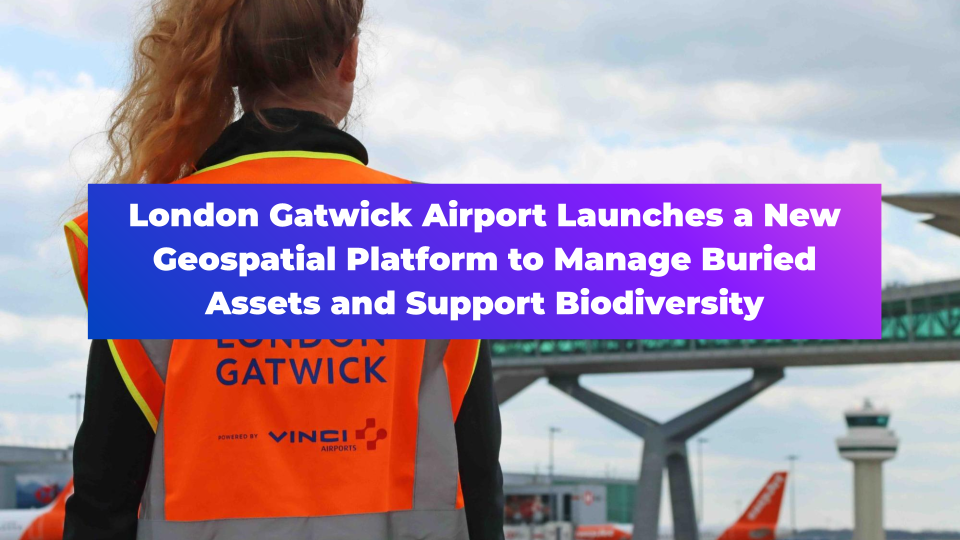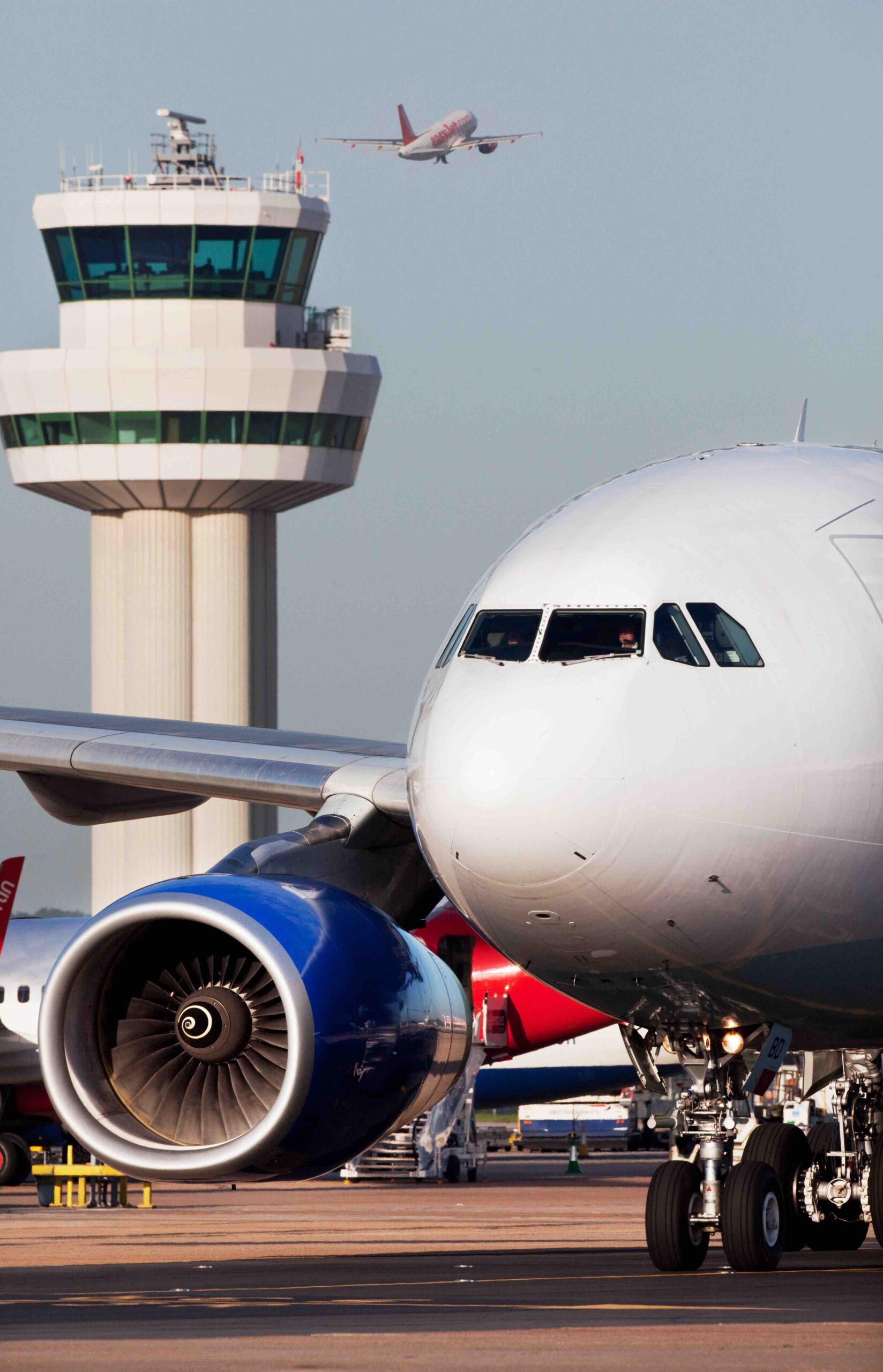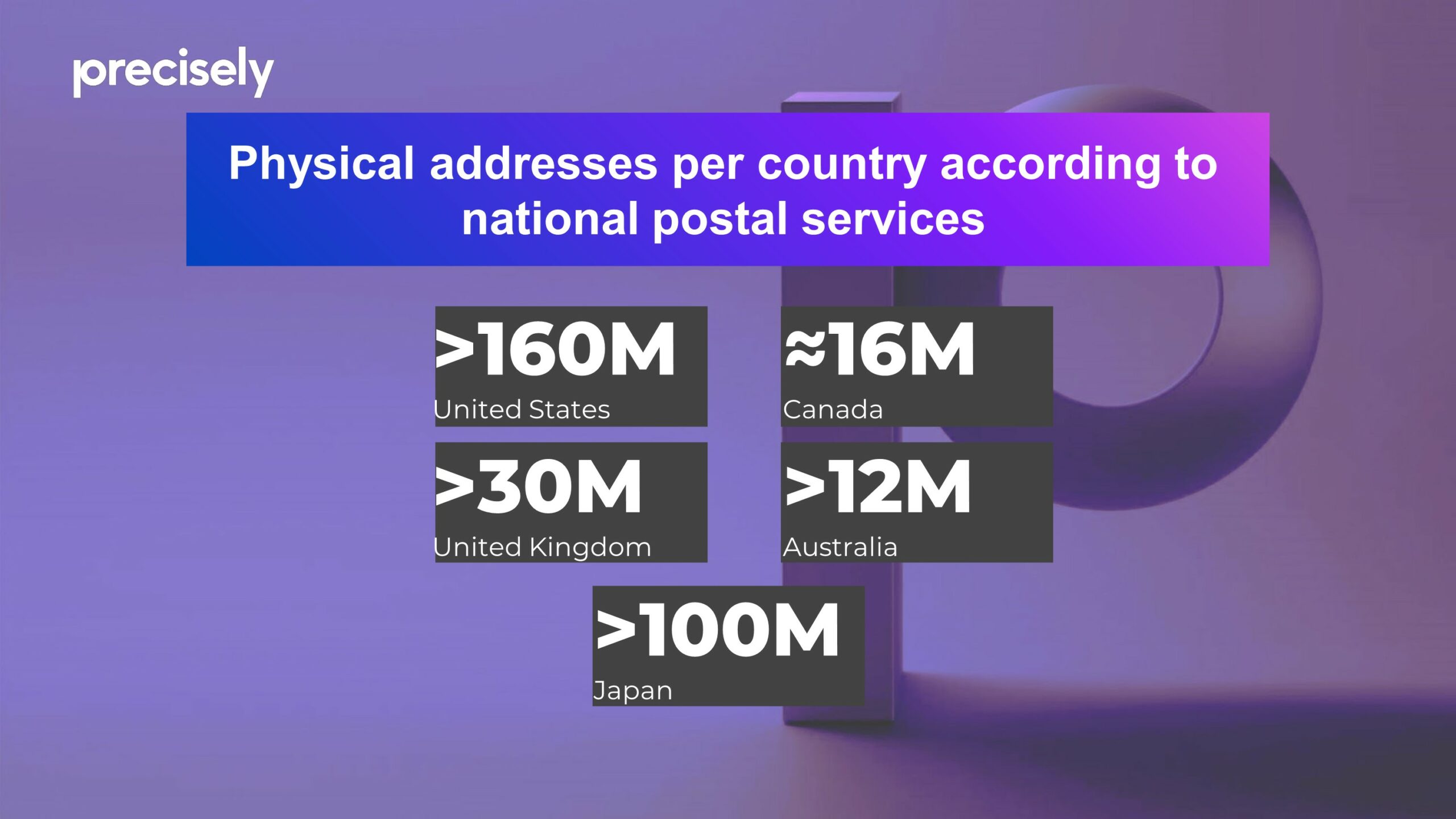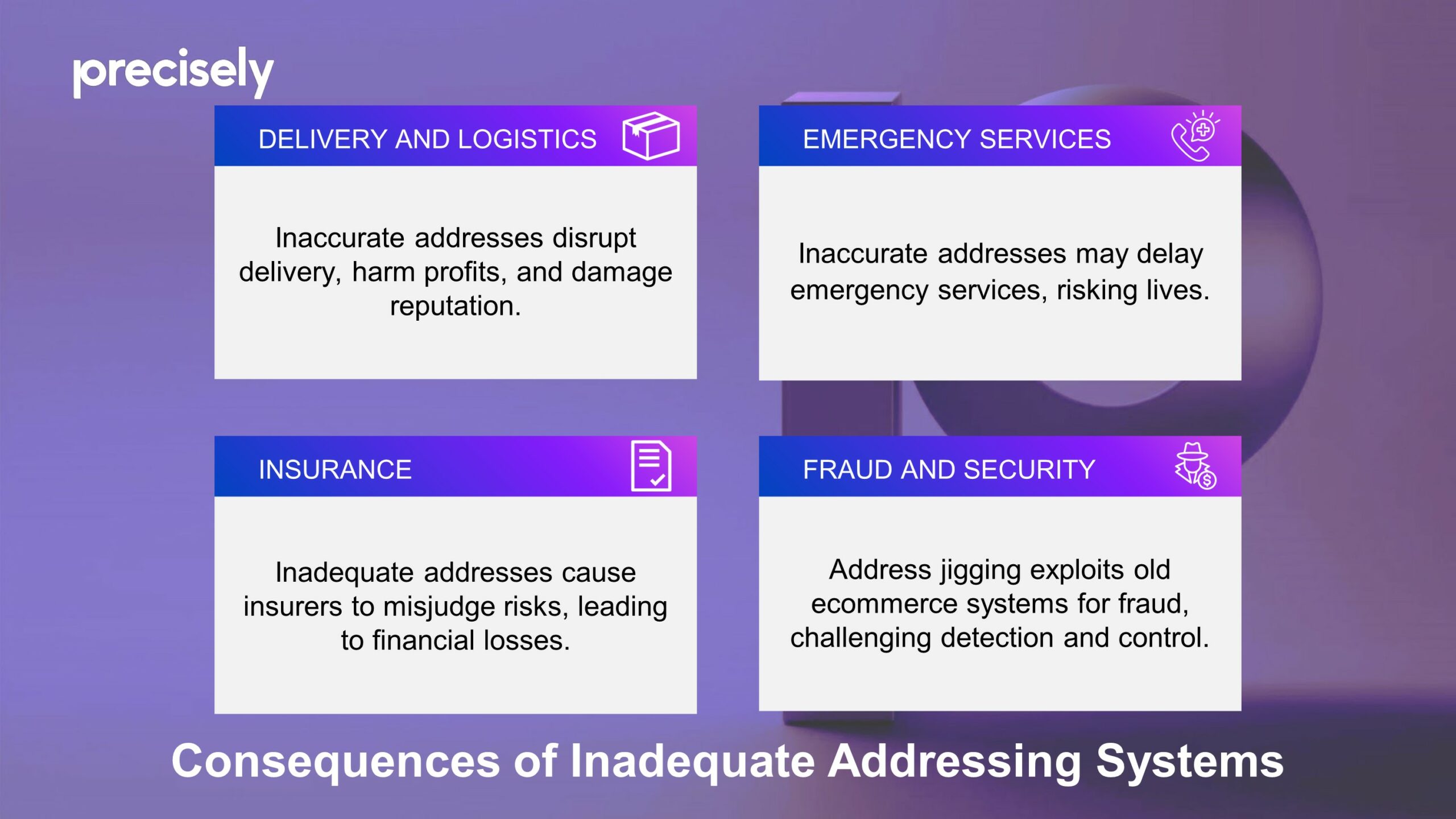
London Gatwick Airport Launches a New Geospatial Platform to Manage Buried Assets and Support Biodiversity
We like to keep our eyes on all things spatial at Geoawesomeness. This new industry development caught our attention as brings together some flourishing technologies and trending topics: geospatial platforms, digital twins, and democratizing geospatial data.
London Gatwick Airport has created a new geospatial platform using Esri’s GIS (Geographic Information System) to support multiple operational areas, including engineering and environmental services. The platform reduces the risk of airport disruption from accidental damage to utilities and helps to manage environmental impacts.
It integrates all spatial data into a single view. Combined with advanced spatial analysis tools, mobile apps, and a dashboard, the Esri platform provides new insights to support better collaboration and decision-making across the airport.

London Gatwick is using the geospatial platform to support its Biodiversity Action Plan.
The airport is using the platform to support its award-winning Biodiversity Action Plan, designed to deliver a biodiversity net gain at London Gatwick by 2030. London Gatwick’s 1,600-acre site is home to 75 hectares of woodlands, grasslands and wetlands, as well as hundreds of species of mammals, birds, insects and bees.
The geospatial platform gathers environmental data such as protected, rare or invasive alien species, bat box locations, notable birds and environmental stewardship areas. It also visualizes the estimated embodied carbon of built assets.
Insights from the GIS allow London Gatwick to plan works around any environmentally sensitive sites to minimize impact and seek ways to bring additional benefits, such as improving biodiversity.
The single view of buried assets including gas, electricity, telecoms, water, and fuel, is proving critical in reducing accidental damage to utilities across the 1,600-acre site.
Field engineers, third-party contractors and major consulting firms all use the same single view of data, accessible on any device when planning excavations. With up to 50 engineering and construction projects on-site at any one time, the new system is making work safer and reducing the risk of disruption to airport operations from any unplanned outages.
“Being able to visualize and interrogate all spatial data from any discipline, on any device, is critical to the sustainable future of London Gatwick. Democratizing spatial data in this way drives significantly more business and operational value from it,” explained Simon Richardson, Digital Information Lead, London Gatwick Airport.

Simon Richardson, Digital Information Lead, London Gatwick.
“The Esri GIS has given us the foundation to create a digital twin. As a complex site with over 70 years of history, we are building a virtual representation of what has previously been built along with future plans, which helps manage the airport’s development.”
London Gatwick selected GIS from Esri UK following a competitive tender. Previously, the airport used Autodesk’s Infrastructure Map Server to manage spatial data but looked for another GIS software vendor when the product became unsupported.
“We selected GIS from Esri UK because its Managed Cloud Service made it more accessible at lower cost than an on-premise approach,” continued Richardson. “It also removes the burden of system management and updates, which saves a significant amount of time, allowing more resource to focus on strategic projects. The new system is quicker and easier to use and the benefits far outweigh the cost.”


The geospatial platform visualizes critical infrastructure information spanning the 70-year history of the airport.
The system is already making engineering and construction work safer by reducing accidental strikes on buried utilities and enabling better management of the airports’ biodiversity.
With the rise of digital twins and London Gatwick’s platform being a foundation for one, this type of technology is one to watch as cities, towns, airports and more build virtual representations of the past, present, and future. Mirroring our complex world in this way enables us to gain smart, connected insights that transform decision-making.
What are your thoughts on London Gatwick’s geospatial platform? On airports utilizing digital twins? Is this a new frontier for innovation and efficiency? Where do you see the global airport digital twin market going in the coming years? We’re curious to see if airport operators try to keep pace with the technology of the future and if regulators will drive innovation in the coming years.
Let us know what you think!
Did you like the article about London Gatwick’s new geospatial platform? Read more and subscribe to our monthly newsletter!






